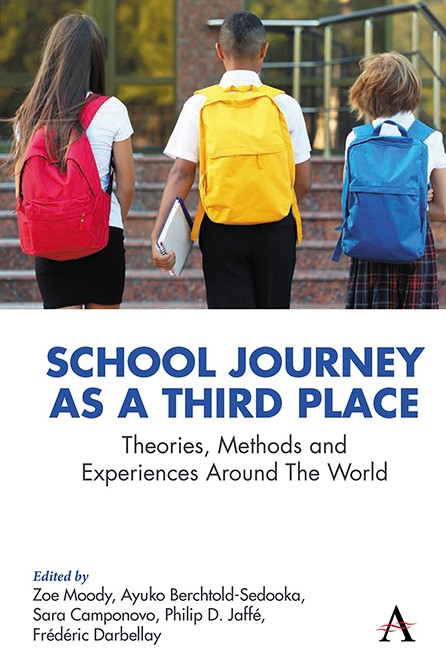Chapter 10 - Incorporating the Extended Theory of Planned Behaviour in a School Travel Mode Choice Model: A Case Study of Shaoxing, China
Published online by Cambridge University Press: 14 November 2023
Summary
Introduction
In recent years, children’s travel behaviour, including active school transport (AST, such as walking and cycling), has attracted researchers from varying disciplines, such as urban planning, transportation and public health. Previous studies have shown that those who often walk or cycle to and from school are much more active than those who are driven and have more knowledge regarding their neighborhood environment (Mackett 2013). Research has also reported that AST plays a vital role in promoting children’s physical activity and can prevent and reduce childhood obesity (Mendoza et al. 2011). Furthermore, AST can contribute to children’s physical activity levels and positively impact children’s mental and psychological health (Fusco et al. 2012). In addition, it was estimated that as much as 10–14% of morning traffic is generated by parents driving their children to schools (McDonald et al. 2011). Similar trends have been documented in developing countries. It is also found that the traffic congestion indices of two weeks before and after school in Beijing can rise from 3–6 to 6–9 points (above six means moderate or severe congestion). And the capacity of the three-lane road around the school will drop 38% under the influence of student shuttle vehicle trips (Shi et al. 2014).
The problem caused by this traffic congestion on the roads near schools may create hazardous conditions for children traveling by non-motorized means and increase tail gas of automobiles that will contaminate the air that children breathe in and around their school. Despite AST’s significant health and environmental implications, AST has declined over the past few decades internationally (Buliung et al. 2011; Witten et al. 2013). For example, in the United States, the rate of AST declined from 47.7% in 1969 to 12.7% in 2009 (McDonald et al. 2011), and the share of children aged 5–9 who walked to school has decreased from 57.7% in 1971 to 25.5% in 2003 in Australia (Van der Ploeg et al. 2008).
Information
- Type
- Chapter
- Information
- School Journey as a Third PlaceTheories, Methods and Experiences around the World, pp. 213 - 238Publisher: Anthem PressPrint publication year: 2023
